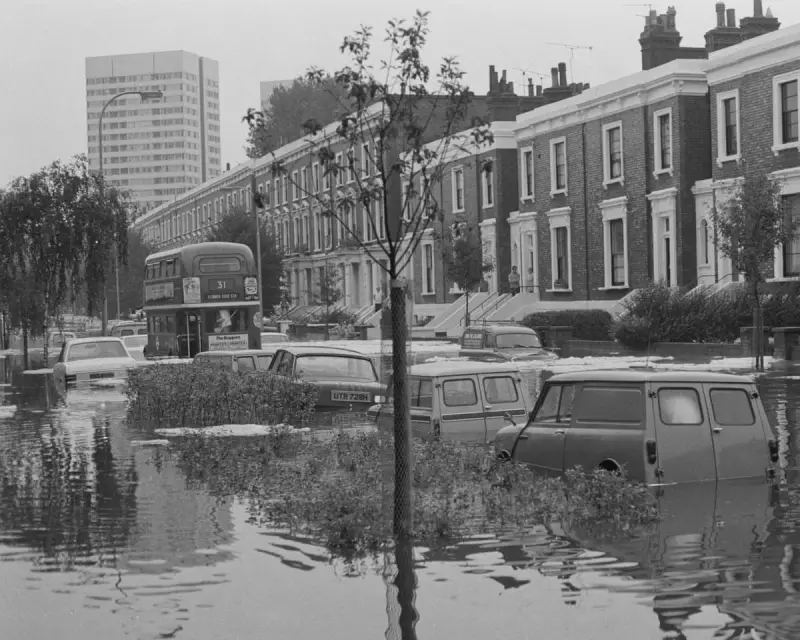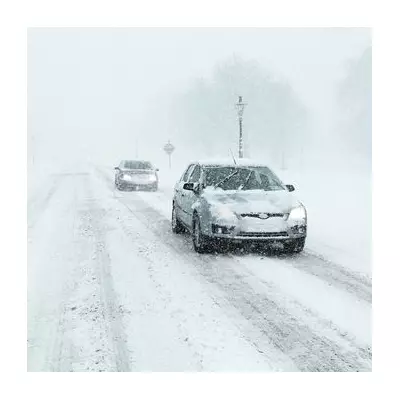
On 14th August 1975, the tranquil streets of Hampstead were transformed into raging rivers as the most intense rainfall ever recorded in the UK deluged North London. This extraordinary weather event remains etched in meteorological history, not just for its ferocity but for the remarkable scientific insights it provided.
The Day the Skies Opened
In just 2.5 hours, an astonishing 169mm of rain fell on Hampstead - equivalent to nearly three months' average rainfall. The sudden downpour overwhelmed drainage systems, turning roads into torrents and flooding basements across the affluent North London suburb.
Why This Storm Still Matters
Nearly half a century later, the 1975 Hampstead storm continues to fascinate meteorologists for several reasons:
- Unbreakable record: The rainfall intensity of 3.5mm per minute remains a UK benchmark
- Urban flooding lessons: The event highlighted vulnerabilities in city drainage systems
- Climate change insights: Scientists now study such extreme events as potential climate indicators
The Human Impact
Residents recall the surreal experience of watching furniture float through streets normally lined with parked Range Rovers. The storm caused millions in damage but remarkably claimed no lives, thanks to its afternoon timing when most people were awake and could react.
Today, as climate models predict more frequent extreme weather events, the 1975 Hampstead storm serves as both a warning and a case study in urban resilience against nature's fury.





